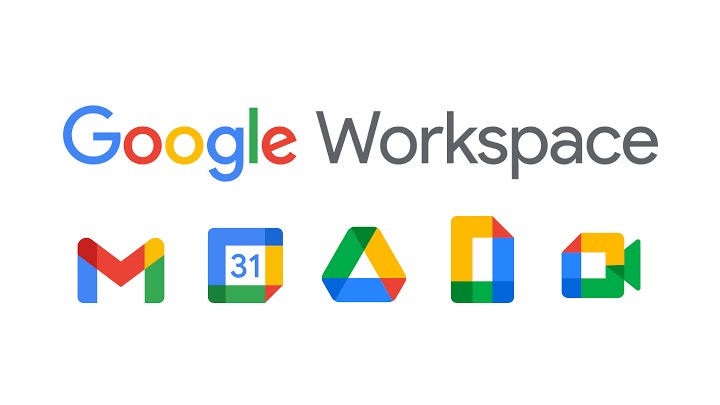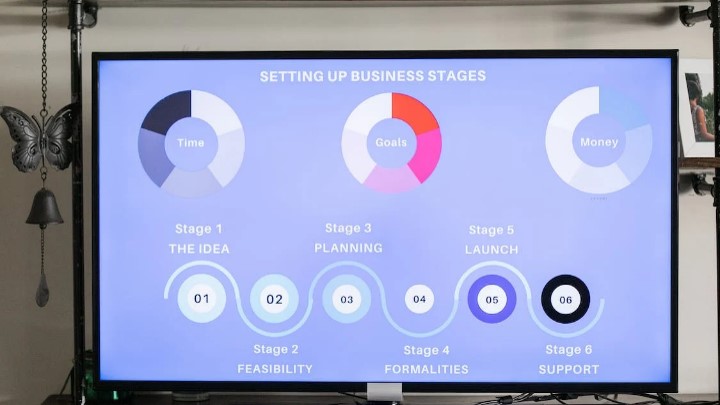Last Updated on April 22, 2023 by Uncle Pat Ugwu
The standard lecture hall is designed for the receptive transfer of knowledge from teacher to student; collaborative learning takes a different approach, emphasizing student-centered learning. It is defined as two or more individuals seeking to learn something collectively. Please check out the post on the benefits of hybrid learning.
Collaborative learning environments promote effective group involvement. This has various advantages since group work actively connects students with one another and with their teacher while also exhibiting significant growth across multiple areas. This post will discuss the benefits of collaborative learning and more.
But do not forget that in collaborative learning, a task or activity is shared among a group with each member completing a certain task. You can learn more from my previous post on collaborative learning strategies with examples.
Benefits of Collaborative Learning
It is now time for us to look at the benefits of collaborative learning.
1. Boost self-esteem
When collaborating as a team, individuals assist one another as they strive toward a common objective. Introverted people might benefit from collaborative learning since a supportive group environment can help them acquire confidence.
Group members can inspire more reserved individuals to voice their thoughts and participate in conversations. As a result, more introverted students recognize the importance of their contributions to the group.
2. Enhances communication abilities
Collaborative learning relies on excellent communication to achieve a task. Participants express ideas, clarify concepts, and offer clear and precise feedback using their verbal communication abilities.
If the assignment includes tasks like group writing or peer editing, students may be able to develop their written communication abilities.
3. Enhances problem-solving abilities
Collaborative learning activities sometimes demand groups to complete a task or solve an issue. To identify the best answer, the group must explore and examine several ideas. Working through a challenge or task in a group may help students strengthen their own problem-solving abilities or professionals learn new approaches to manage various sorts of job scenarios.
Problem-solving skill is one of the good benefits of collaborative learning. Group members can use free plagiarism-checking tools to aid their collaborative tasks.
4. Promotes social interaction
Students must communicate as a team through eye contact, verbal communication, and expressions in collaborative learning. Working toward a similar objective teaches members of diverse personality types to share and listen.
Learners exercise and build social skills such as active listening, empathy, and respect via this process. People with great social skills may create and sustain strong personal and professional relationships.
5. Increases team trust
Collaborative learning groups collaborate to achieve a common objective, relying on one another for success. As a result, they must learn to trust one another. Students who develop trust in collaborative teams make a more cohesive classroom relationship because they know they are supporting one another’s development.
In a professional setting, this trust may be transferred to future working contacts, potentially increasing productivity and morale.
6. Encourages participation
To achieve a team’s goals, all players must actively participate in collaborative learning. Because the team expects their participation, collaborative activities encourage passive individuals to become more involved in the project or conversation.
People who are interested in their job are more productive and have a more positive attitude, and students who get more involved in their own learning achieve more.
7. Encourages innovation
Combining various points of view and ideas can lead to innovative solutions for collaborative learning activities. One person’s thought or proposal may generate a fresh and unique concept from one of their teammates.
Collaborative learning supports this form of creative thinking since a variety of ideas and perspectives frequently assist team members in discovering an effective solution to a problem.
8. Encourages diversity
Collaborative learning frequently brings people from different cultures, opinions, education levels, and ages together. Participants in the solution-finding process hear a number of plausible explanations from people with diverse viewpoints and perspectives.
Members of the team may provide fresh ideas and viewpoints that are specific to their culture or background. As a result, collaborative learning can promote workplace openness and acceptance.
9. Relationships are formed
Collaborative learning may foster new connections as well as enhance existing ones. It frequently brings together people who would never have met or worked together otherwise. Team members get to know each other better as they work together on a collaborative learning project.
This can result in more good personal and professional connections, as well as improved morale. It can assist a supervisor or instructor understand their learners better and developing mentor connections if they participate in or lead the collaborative learning endeavor.
10. Develops critical-thinking skills
Collaborative learning can help people think more critically. Learners work together on collaborative projects to evaluate and share information in order to solve a problem or accomplish a job. Students and professionals can develop their critical-thinking abilities through collaborative projects since these groups demand team members to express their thoughts as well as analyze and assess the ideas of others.
Critical thinking is necessary for dispute resolution, brainstorming tactics, developing content, and assessing ideas and results.
Related Queries
As I round off this benefits of collaborative learning for students post, here are some of the related queries this post will also serve.
Benefits of collaborative learning in primary schools
What are the benefits of collaborative learning essay
What are the advantages of collaborative learning
Benefits of collaborative learning in the workplace
Benefits of cooperative learning for inclusive classroom
Benefits of collaborative learning for students
Benefits of collaborative leadership
Benefits of collaborative planning
Final Thoughts
One thing about the benefits of collaborative learning is that it offers several advantages for both teachers and students, but it is still not as popular as self-paced lectures, videos, and quizzes as an online approach. This is because, unlike self-paced learning, collaborative learning involves forward preparation and consideration.
You must devise methods for effective teaching techniques to keep students involved, as well as tools to enable such activities. This is another summarised list of benefits of collaborative learning you might find interesting.







